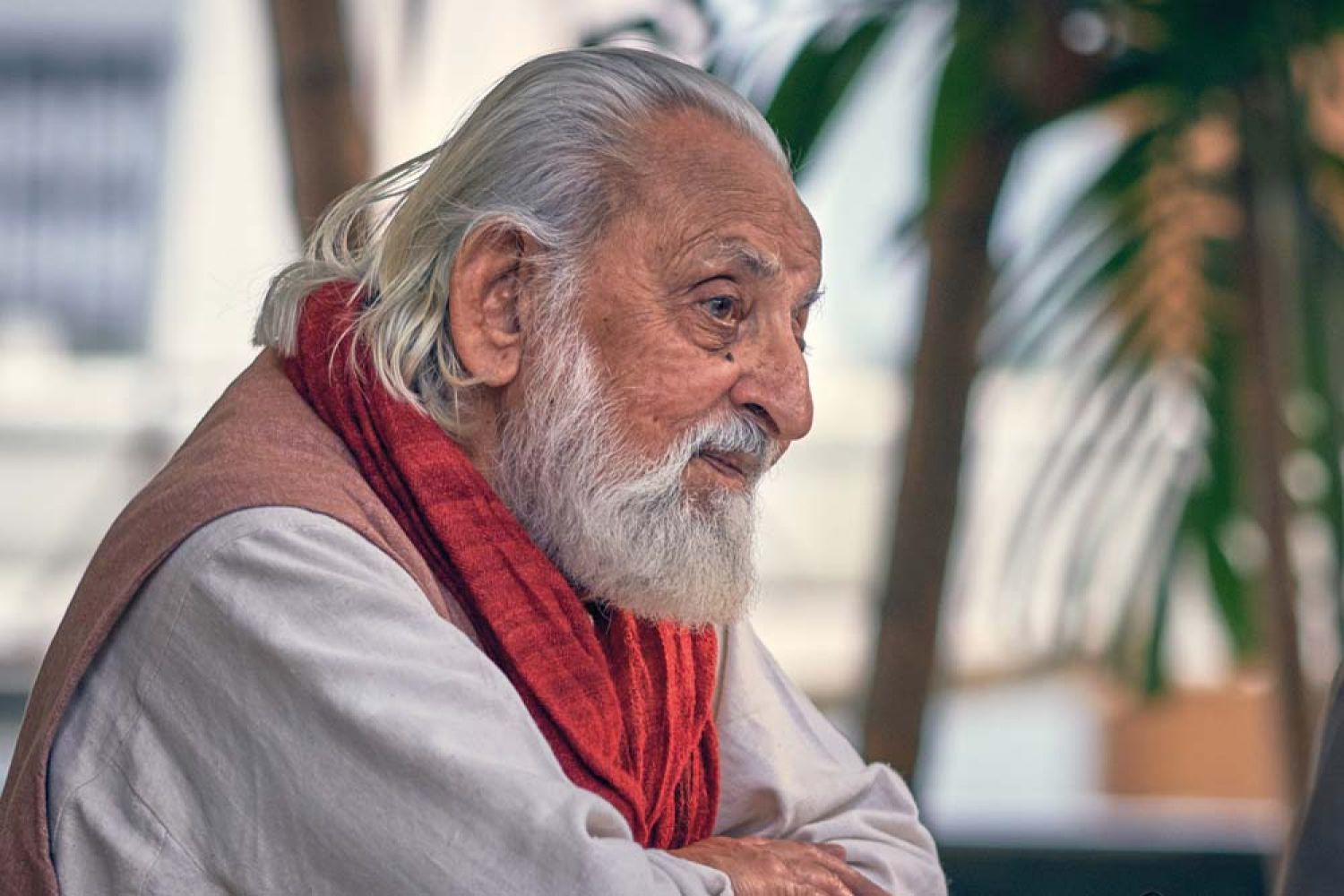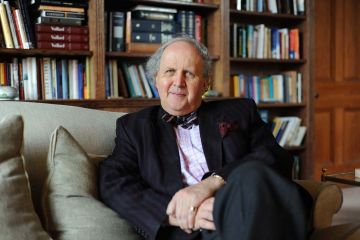
M.S. Sathyu is upset. On the first of a five-day screening of his works at the
National Gallery of Modern Art (NGMA) in Bengaluru, the 88-year-old director is
aghast at the 20 rupees entry fee. He energetically marches up to the
director’s office, and reports back that the officer, a recent appointment,
won’t budge. He apologises to the audience.
Protest against authority has been central to his career. In
2004, Sathyu successfully fought a case in the Supreme Court after the West
Be
Continue reading “'There's nothing called freedom of expression'”
Read this story with a subscription.





